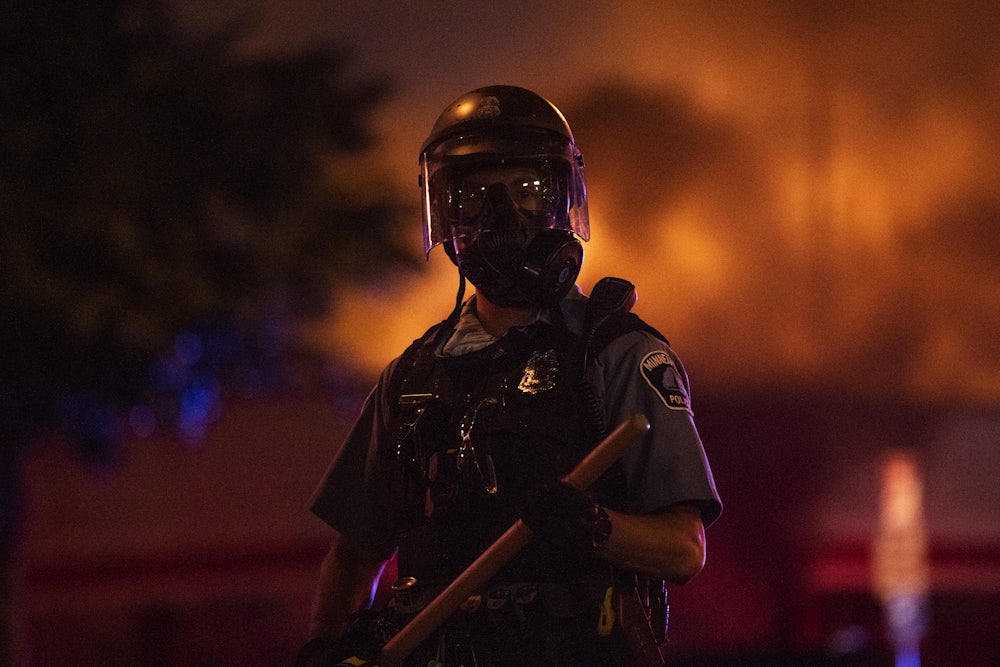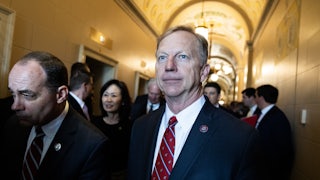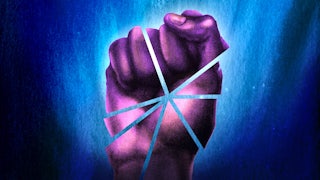Several hours past midnight on July
19, 1937, fully 86 years before the Justice Department issued its
recent report condemning the endemic brutality and racism of the Minneapolis
Police Department, two of the city’s cops went on an off-duty bender in their
home precinct on the Black and Jewish North Side. They barged into an all-night
restaurant, Barney’s Café, where one officer threw himself onto a Black woman
patron. When she resisted, the cop shoved her to the ground and twisted her arm
until she shrieked in pain. Another customer pleaded with the policeman just to
arrest the woman before he killed her. The cop responded by punching the
customer and having him arrested. And when a hotel porter seated at the
restaurant counter pretended to be snoozing to avoid the whole mess, the two
drunken officers beat him unconscious with their fists and flashlights. The porter,
Curtis Jordan, wound up facing two charges, while the cops went on to serve
decades on the police force.
Such episodes occurred routinely in Minneapolis back then, even if the city’s daily newspapers rarely reported them. But Cecil Newman, the courageous publisher of the Black weekly the Minneapolis Spokesman, relentlessly recounted the abuses. One of his articles about the police rampage at Barney’s Café, for instance, described the two officers as “Cossacks.” And the city’s leading civil rights lawyer, a Black woman named Lena Olive Smith, had been prepared to defend Jordan. None of their efforts made the slightest difference.
The swaggering impunity of the Minneapolis cops in Barney’s Café exists on a through line to the Memorial Day afternoon in 2020 when Derek Chauvin jammed his knee into a prone George Floyd’s neck and three other Minneapolis cops either helped pin down Floyd or cordoned off the passersby who were pleading for the officers to show some mercy. In all the attention paid to the Minneapolis police since Floyd’s murder ignited global demonstrations as part of the Black Lives Matter movement, the exculpatory narrative has depicted Chauvin as the proverbial “bad apple” who killed Floyd by contravening police force policy. Some of the most devastating testimony against Chauvin in his murder trial came from Minneapolis’s then–police chief Medaria Arradondo, the first Black man to hold that position, and a respected homicide detective, Lieutenant Richard Zimmerman.
Yet the Department of Justice report, which was released on June 16, makes it incontrovertibly clear that the unwarranted overuse of force, especially against Black and Native residents of Minneapolis, persisted throughout the rank and file, irrespective of reformers like Arradondo and consummate professionals such as Zimmerman. With both statistics and anecdotes, the DOJ documented police officers’ repeated use of violent restraint and intimidation against even suspects who were putting up no resistance. On the whole, the DOJ said that there was “reasonable cause” to conclude that Minneapolis police conduct “violates the Constitution and federal law.” Where the DOJ inquiry cannot help but fall short, because it is not intended as a work of long history, is to comprehend and express just how deeply entrenched and resistant to change police malpractice in Minneapolis has been for nearly a century.
I, however, have been able to delve extensively into that tawdry record. As part of eight years of research for a book about Hubert Humphrey’s early political career, which included three years as mayor of Minneapolis (1945–1948), I have read every single word that Cecil Newman wrote in the 1920s, 1930s, and 1940s. I have plumbed the files on police malfeasance that Humphrey kept as part of his own attempt to repair the department. Here is one typical complaint, from 1947, which was registered in writing by a Jewish pawnshop owner, a World War I veteran who was 50 years old at the time:
[A] plain clothes police officer Mr. Aundry walked into my shop and asked me, Joe, how much will you give me for my pistol? He then deliberately took out a blue steel short barrel pistol and stuck it into my ribs, next to my belly. I said don’t shoot and I will give you $40.00. He than [sic] put the pistol into his pocket and said, “You haven’t got anything I want,” and walked out. I called Captain Mullen, and told Mullen I don’t relish fun like this, as two other police officers murdered two innocent citizens in previous years. Mullen just laughed.
If there were one moment in time when the Minneapolis Police Department might have stepped off—or, more likely, been forced off—the road to Derek Chauvin’s lethal encounter with George Floyd, it came during Humphrey’s mayoralty. He won office in part by promising to eradicate the ubiquitous corruption of the city police, something that the muckraking journalist Lincoln Steffens had decried as far back as 1904, in his book The Shame of the Cities. That type of deceit involved beat cops (and top brass) taking bribes, more than ever during Prohibition, from the gambling and liquor gangsters downtown. Humphrey elevated one of the few provably honest cops in town, an FBI-trained detective named Ed Ryan, to be police chief, and Ryan cracked down to the point of staging public demolitions of slot machines.
But one particular incident in 1945 presented Humphrey with a different dilemma: that a cop could be cash-honest and morally crooked. On August 29 of that year, a police team burst into the Dreamland Café, a restaurant owned by a Black labor and civil rights leader, Anthony Brutus Cassius, and known as a sanctuary for interracial couples. The police demanded draft cards and other identification from several patrons and arrested two Black women when they refused to comply. Unfortunately for the police, one of their victims worked for Cecil Newman and used her single phone call from the city lockup to alert him. Newman immediately called Humphrey, and the mayor went straight to the police department.
Humphrey ordered the police to release the Dreamland women, and he treated them and Newman to coffee at an all-night café. More problematically, the lead detective on the dubious raid was Eugene Bernath, whom Humphrey had previously considered his favorite cop in town and totally incorruptible. Now he and Ryan ordered Bernath demoted, and when Ryan resigned as chief to take over the Hennepin County police force, Humphrey heeded Cecil Newman’s admonition not to give Bernath the top job. The mayor ordered police officers to take “human relations” training at the University of Minnesota and had Ryan’s successor give a booklet on human-relations standards to every officer at morning shape-up. “Humphrey Came Through,” exulted a headline in the Spokesman.
The breakthrough, however, did not last long. In November 1948, on the strength of a landmark speech on civil rights at the previous summer’s Democratic convention, Humphrey won election to the U.S. Senate, launching his national political career. The mayoralty went to the City Council’s president, Eric Hoyer, who shared Humphrey’s liberal politics but lacked his savvy and daring. In succeeding decades, the city’s top job vacillated between relative progressives such as Arthur Naftalin and R.T. Rybak and three terms of Charles Stenvig, a police officer brought into City Hall by waves of white backlash in the 1960s and 1970s. The police chief after Ed Ryan, Glenn MacLean, was no match for his predecessor’s rectitude, intellect, and energy. The Minneapolis Police Department reverted to its inbred, aggressive norm, as it has kept reverting under every liberal mayor or reformist police chief since. Despite all that Humphrey achieved for the nation—collaborating with Lyndon Johnson as senator and then vice president to push through the Civil Rights Act, Voting Rights Act, and Fair Housing Act—his effort to overhaul policing in Minneapolis remained forever unfinished.
Many of the reasons are simple enough to identify. For nearly all of Minneapolis’s municipal lifetime, the city charter has stuck it with a weak-mayor system, vesting virtually every major power except for naming the police chief in the City Council. As the historian Michael J. Lansing of Augsburg University in Minneapolis has shown, the dominant Democrat-Farmer-Labor Party has felt hamstrung by its alliance with organized labor when it came to contending with the powerful and politically conservative Police Officers Federation. The union’s president at the time of George Floyd’s murder, Bob Kroll, was an ardent public supporter of Donald Trump. Even during the 1930s and 1940s, when Blacks and Jews cumulatively accounted for less than 5 percent of Minneapolis’s population, the police force was drawn from white ethnics. These days, instead of hailing from in-city blue-collar neighborhoods, many cops come from the largely white suburbs and exurbs that encircle an ever more diverse city with its populations of African Americans, Native people, and Somali, Ethiopian, and Hmong immigrants or refugees.
Perhaps
the most subtly frightening part of the George Floyd case was that two of the
three officers who were complicit in his death were themselves minorities—one
Hmong, another mixed-race. The police officer convicted several years earlier
for shooting dead an Australian tourist in a residential neighborhood was
Somali-American. What these seeming anomalies say, at least interpreted in
light of the last 86 years of policing in Minneapolis, is that a deformed
version of cop culture can be even stronger than blood. Or, to take the
bad-apple analogy on its own clichéd terms, the rot indeed spreads throughout
the bunch.






